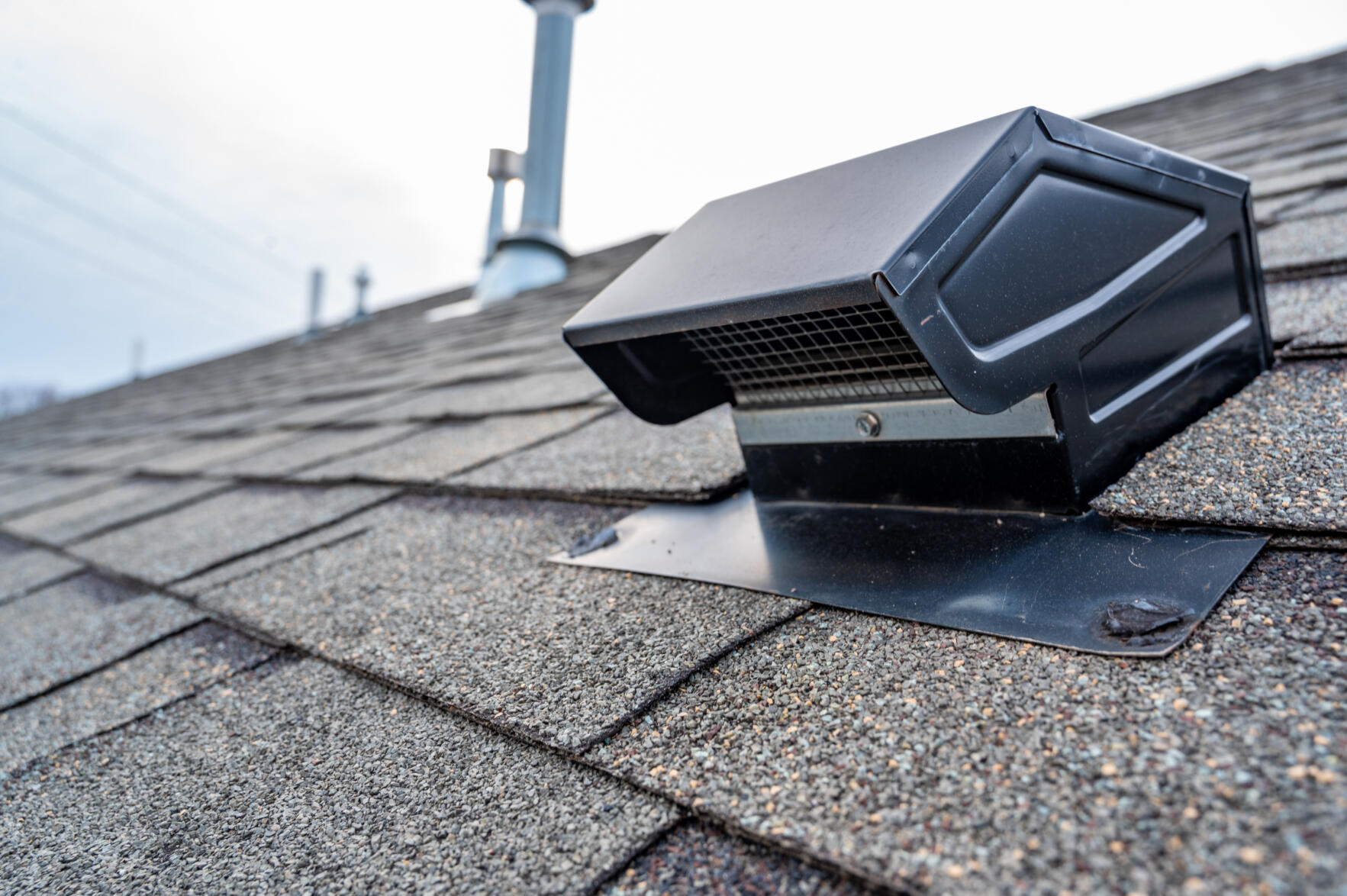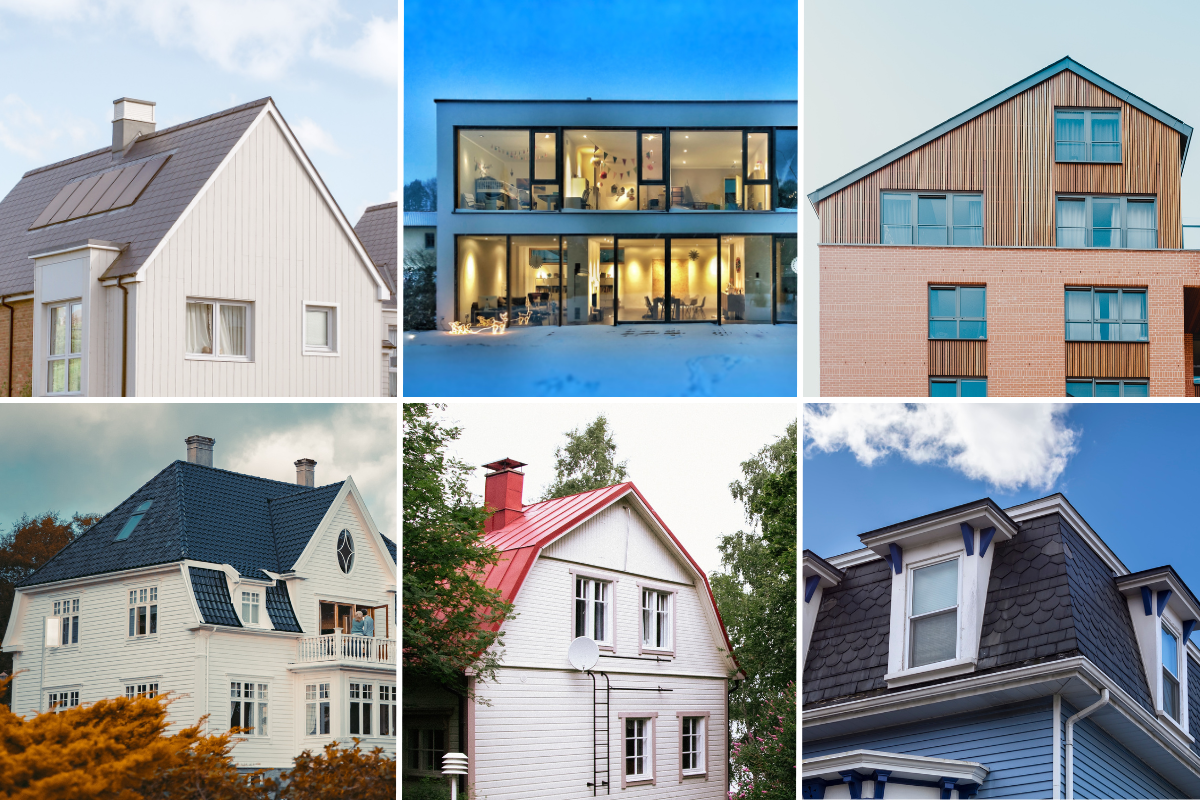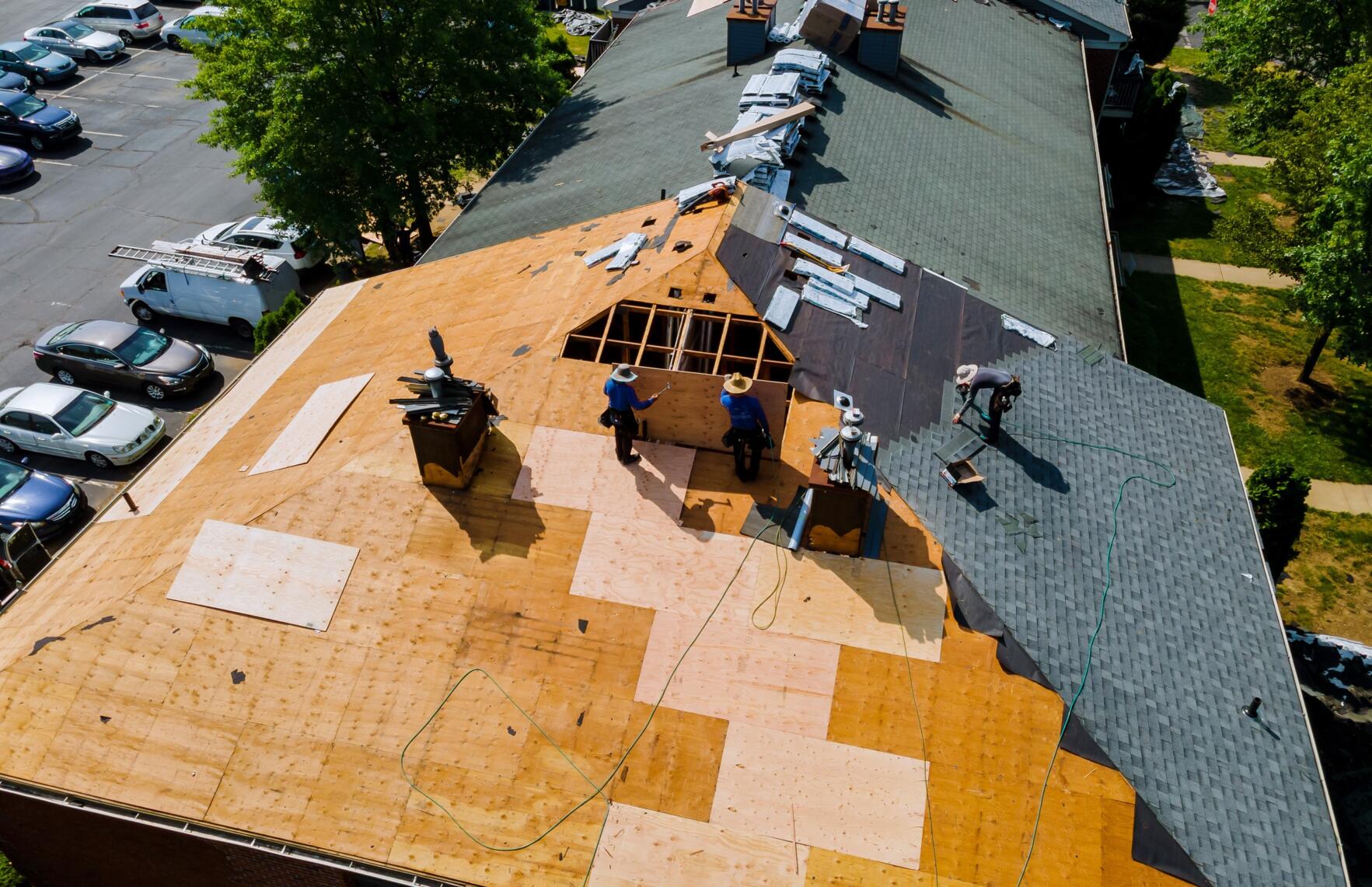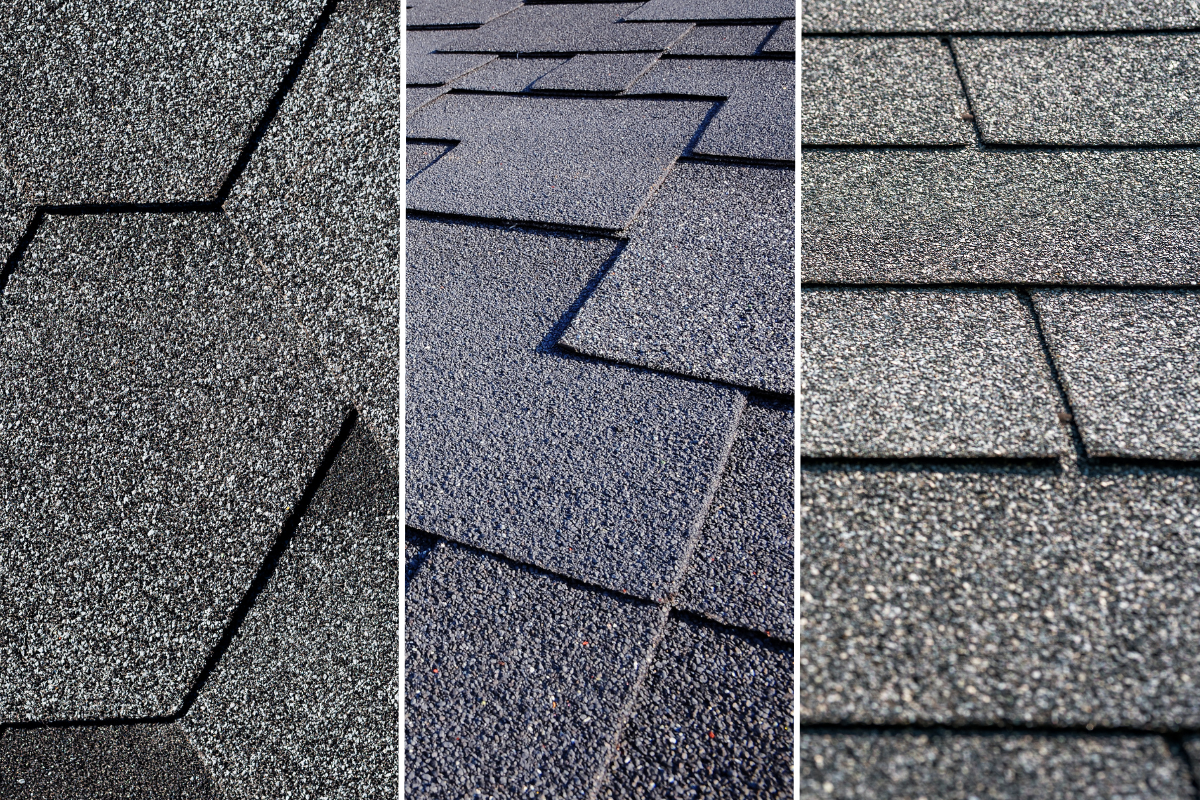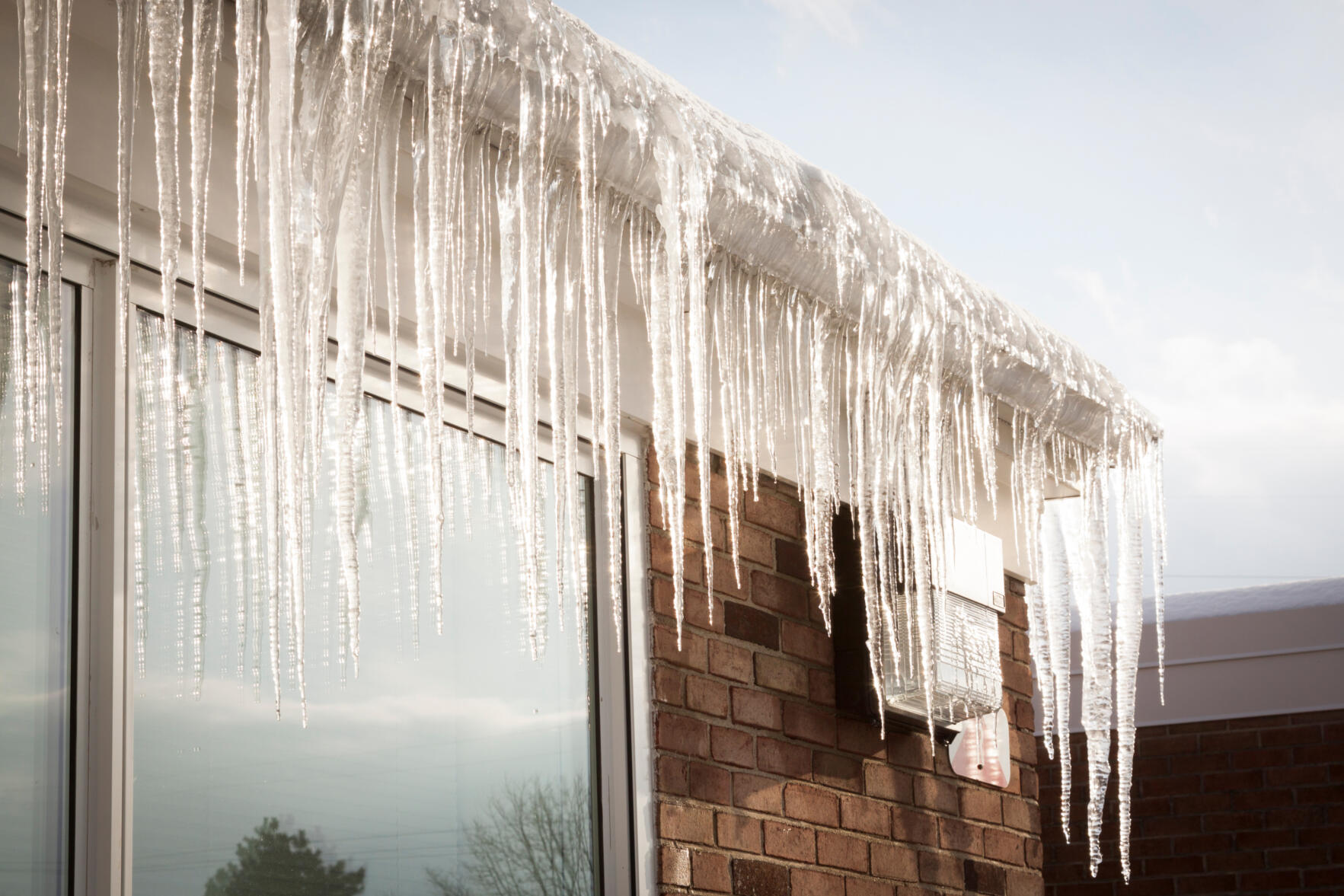When it comes to the anatomy of your roof, there are several parts that work in unison to keep your home protected from the elements. The pieces that are most obvious are your shingles. As the outermost element covering your roof, shingles take a lot of damage. Being able to identify the types of shingle damage in asphalt shingles early on can save a great deal of time, money, and stress.
Shingle Blistering
Roof shingle blistering occurs early on when your roof experiences excess heat. A common reason for this is improper ventilation. Once the blistering has begun, there is no way to stop it. The only remedy is to quickly replace the roof before any further damage is done.
Cracking Shingles
As the name implies, cracking happens when the surface of the shingle cracks. Some of the causes could include high winds, temperature changes, or drying out over time. When the cracking is caused by drying out over time, the shingle itself changes by shrinking, therefore, cracking its surface. These cracks could potentially cause moisture to seep into your home. Because it is a result of natural wear and tear from the elements and aging shingles, cracking is common in most roofs.
Curling & Cupping Shingles
When roof shingles curl, the edges of the shingles begin to lift and curl upward. This problem is also commonly a result of ventilation issues. This is typically seen in roofs that have another layer of shingles covering a previous layer but can also simply be the result of natural aging. Curling can be treated by applying sealant to the edges that have curled up. We always recommend having a professional handle any work being done to your roof.
Cupping, similar to curling, is when the edges of a shingle are lifting and curling up. The difference is that the center of a shingle that is experiencing cupping will be completely concave. Another difference is that the remedy to cupping is to completely replace your roof.
Flaking Shingles
Flaking, sometimes referred to as granule loss, is usually caused by aging. When looking at the top surface of an asphalt shingle, this layer is made up of granules that protect your home from the sun and other natural occurrences. When your shingles have protected your home for a long period of time, they begin to deteriorate and lose these granules. This causes a flaky look to the shingles. It is important to replace shingles with granules loss before the entire granule layer is gone.
Hail Bruising on Shingles
If your home has experienced a hailstorm, it is crucial that you have a certified roofing contractor inspect your roof. Hail can be extremely damaging to your home, but the impact can be difficult to spot for the untrained eye. Since hail damage can be hard to identify, your best bet is to get a detailed inspection performed by an accredited inspector. Otherwise, your insurance may not offer appropriate coverage due to a lack of evidence. Shingles that have hail damage could hold water which could lead to leaks, mold, and other structural damage. With this being a natural form of damage, there is no real way to prevent it other than living in an area that experiences little to no hailstorms.
Manufacturer Defects/Improper Installation of Shingles
Roof damage is not always solely a result of aging, natural occurrences, or wear and tear. Sometimes the shingle manufacturers and/or installers could be at fault. Sometimes, issues occur during the manufacturing process. These defects are something that cannot be prevented because they cannot be predicted. Contacting your shingle’s manufacturer about the issue may be helpful if there is a warranty policy in place.
Poorly installed roofing is a major reason for many homeowners to seek repairs and replacements. Whether it be the tools or technique, some installers may be the reason for leaky roofs and untimely damage. The best thing you can do for your roof and home is research. Take your time to find an accredited, certified roofing professional that you can trust because proper installation could be the best thing for your home in the long run.
Sources:
https://www.grangeinsurance.com/tips/slideshow-7-types-of-roof-shingle-damage
https://myroofworx.com/2020/11/18/different-types-of-roof-shingle-damage/





